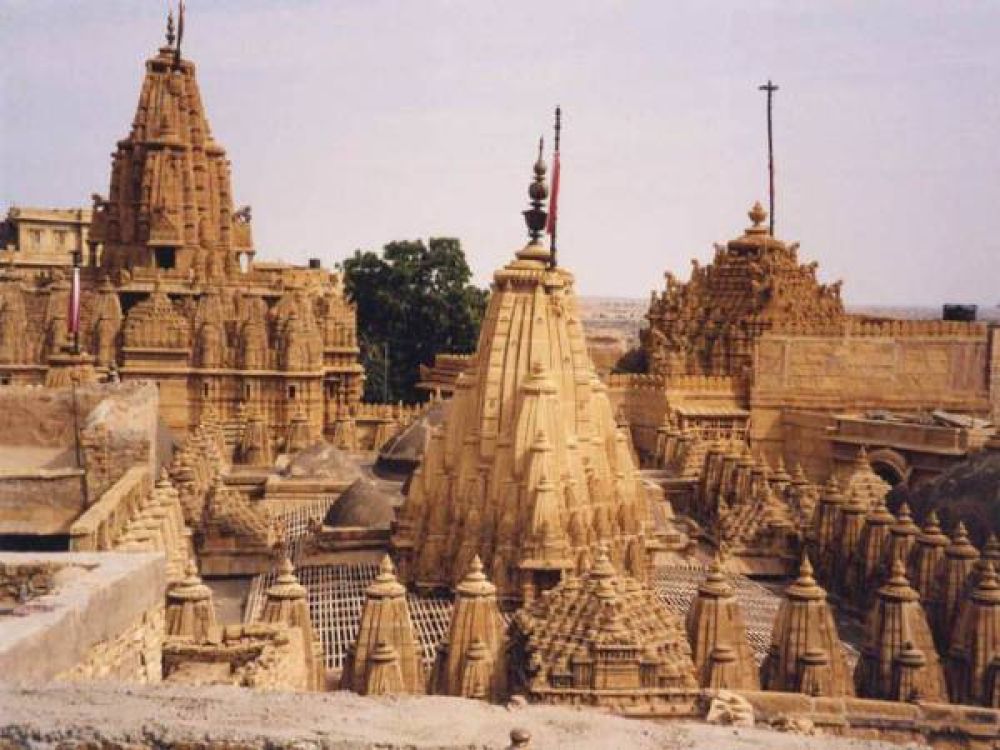

The city of Jaisalmer in Rajasthan, India, is not just known for its breathtaking fort but also for the exquisite Jain Temples that are an integral part of its history. These temples, dedicated to various Jain Tirthankaras, are a significant pilgrimage site for the Jain community and a popular tourist attraction.
Jaisalmer has been a hub for Jain culture since the 12th century, which is reflected in the grandeur of its temples. These sanctuaries are tucked inside the Jaisalmer Fort, which is itself a UNESCO World Heritage Site. They were built from the 12th to the 15th century, showcasing the Dilwara style of architecture that is famed for its intricate detailing and craftsmanship.
The construction of these Jain Temples reflects the patronage given to Jainism by the rulers of Jaisalmer. Furthermore, Jaisalmer was a part of the Silk Road, hence, the temples also mark the influence of international trade and cultural exchange that was prevalent in those times.
Jaisalmer has seen a steady growth in tourism thanks to the blend of religious, historical, and cultural attractions it offers. The Jain Temples have invariably contributed to this growth, drawing visitors with their serene ambience and extraordinary sandstone architecture.
In recent years, responsible tourism has become more prevalent, with an increasing number of tourists seeking to explore and appreciate the cultural and historical significance of places like the Jain Temples. Efforts are made to preserve these ancient structures while accommodating the curiosity of travelers from around the world.
Visitors can marvel at the stunning carvings and the detail work of the Dilwara style in these temples. With its numerous shrines, the temple complex celebrates Jain philosophy and artistry. The most prominent among the temples includes the temples dedicated to Rishabhanatha, Sambhavanatha, and Parshvanatha, each narrating tales of piety and devotional aesthetics through its sculptures and design.
The Jain Temples are not only a site of spiritual significance; they also offer a window into the rich history of the region. Tourists often employ local guides who provide insights into the stories behind the construction of these temples and the Jain mythology that inspires their decoration.
The latest trend in Jaisalmer's tourism sector includes an emphasis on sustainability and cultural immersion. Visitors are looking for authentic experiences that respect the local traditions and environment. There has been a spike in cultural tours, walking tours, and even photography tours, focusing on Jaisalmer’s heritage sites, including the Jain Temples.
Moreover, the push for digital promotion and virtual tours during the pandemic has also opened new avenues for people to explore the Jain Temples. However, the physical experience of watching the sunset bathe the sandstone structures in a golden hue remains unmatched.
The Jain Temples of Jaisalmer offer an indelible experience that reaches beyond religion, drawing the devout and the tourists alike into their fold. Its contribution to Jaisalmer’s tourism is as golden as the desert city itself.